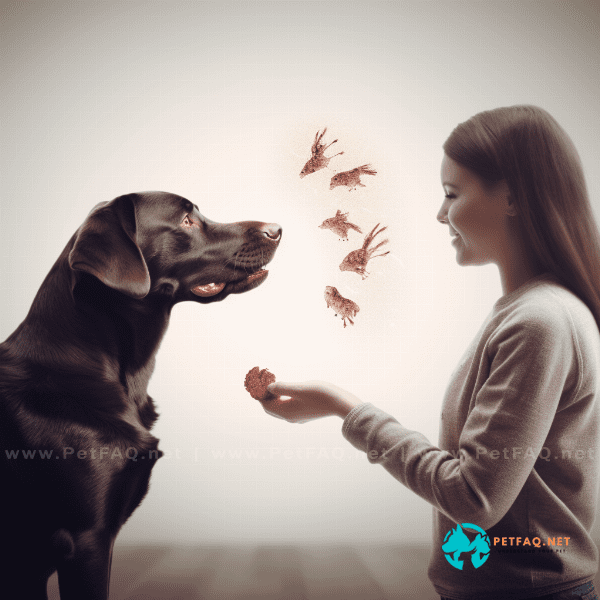What are some common mistakes to avoid when using positive reinforcement for dog training?
Positive reinforcement is an effective training technique that rewards good behavior in dogs. However, it is important to use this technique correctly to avoid common mistakes that can actually undermine the training process. Here are some common mistakes to avoid when using positive reinforcement for dog training:
1. Inconsistency: Inconsistent rewards or punishment can confuse the dog and slow down the training process. It is important to establish clear rules and consistently reward good behavior.
2. Using treats as a bribe: Treats should be used to reward good behavior, not as a bribe to get the dog to do something. The dog should understand what behavior is being rewarded, and treats should only be given when the behavior is performed correctly.
3. Ignoring negative behavior: While positive reinforcement focuses on rewarding good behavior, it is important to redirect or correct negative behavior. Ignoring bad behavior can reinforce that behavior and make it harder to correct in the future.
4. Timing: Timing is key in positive reinforcement training. Rewards should be given immediately after the desired behavior is performed. Delayed rewards can confuse the dog and slow down the training process.
5. Overuse of treats: While treats are a great way to reward good behavior, overuse can lead to weight gain and other health issues. It is important to balance the use of treats with other rewards, such as praise and playtime.
6. Lack of patience: Positive reinforcement takes time and patience. It may take several repetitions for the dog to understand the desired behavior, and it is important to stay calm and patient during the training process.
7. Overcorrection: While it is important to redirect or correct negative behavior, overcorrection can be counterproductive. Too much punishment can cause fear and anxiety in the dog, which can make the training process more difficult.
In conclusion, positive reinforcement is an effective training technique, but it must be used correctly to avoid common mistakes. Consistency, timing, and patience are key, and it is important to balance the use of treats with other rewards. By avoiding these common mistakes, positive reinforcement training can help create a happy, well-behaved dog.
Read more:Positive Reinforcement in Dog Training

Related Questions
- How do you potty train a puppy as part of obedience training?
- How can I teach my dog to not pull on the leash during walks?
- What are some free tips for teaching my dog to not bark excessively?
- How can you train a hunting dog to work with other dogs and hunters in the field?
- Canadian Working Dog Federation (CWDF): This organization offers Schutzhund/IPO/IGP titles and competitions for several breeds in Canada.
